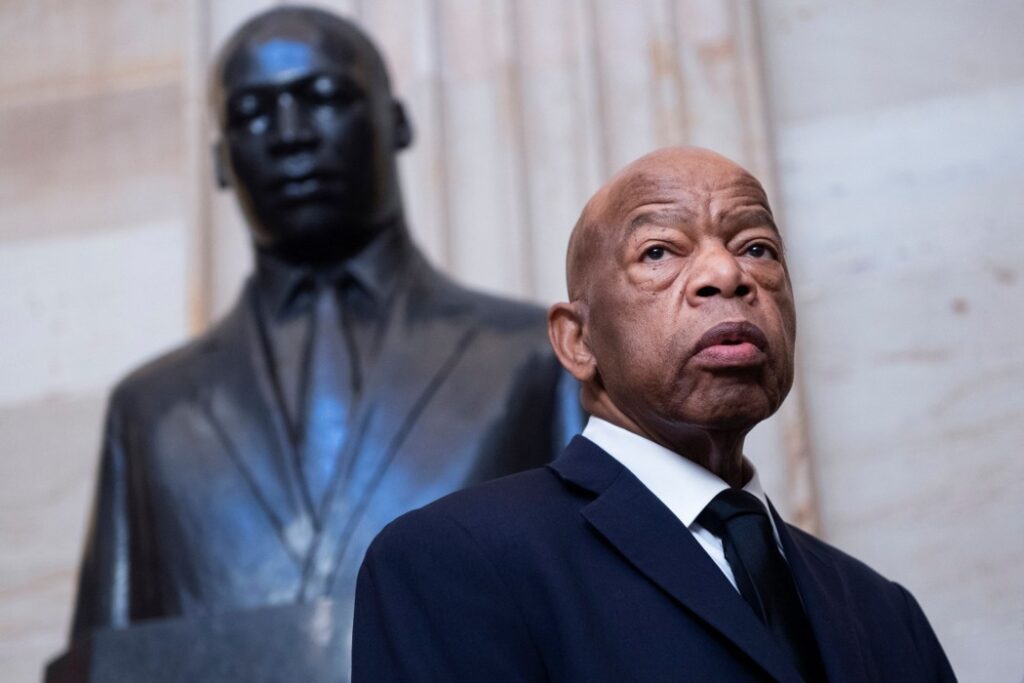A two part article calling attention to the immediate need of Congress to pass the Voting Rights Act of 2020


By DL White
President Johnson welcomed the group believing more congratulations were coming for the historic passage of the Civil Rights Bill.
In the fall of 1964, only months after signing into law the Civil Rights Bill, then President Lyndon B. Johnson, met in the Oval Office with Dr. Martin Luther King, Jr., a young John Lewis and members of the Civil Rights Movement. The Civil Rights leadership group was beyond mere praise, they sought further actions to move the country forward.
In spite of the passage of the Civil Rights Bill, which ordered the immediate removal of signs that read “White Only and Colored” as well as public accommodations, the Negro (classification used at the time) still had not secured the power of the Vote.
The group asked Johnson to push Congress for a Voting Rights Bill. President Johnson, recalled Lewis was agasp. He (President Johnson), responded, “We/I just signed the Civil Rights Bill. There are no (none) votes for a Voting Rights Bill.
“You all have to generate the votes/concern. Make us sign a Voting Rights Bill”, stated the President.The Civil Rights group left the Oval Office not discouraged, but encouraged.
They huddled and planned their next move.The group decided on a march from Selma, Alabama to Montgomery, Alabama, to commemorate the death of a young man killed standing up for voting rights.
Dr. King dispatched a member of his inner circle (Hosea Williams) to Selma and then requested John Lewis, the president of SNCC (Student Nonviolent Coordinating Committee) to lead the March.
On the morning of March 6, after a brief prayer service the march to Selma began.
“It was a cool morning,” noted Lewis who wore a top coat and also had on a backpack.
Recalled Lewis, “I thought we might get arrested and having been arrested (at the time several times), I had an apple and orange, two books and a tooth brush and toothpaste.
“While the potential for violence (on the part of the majority) was always a possibility, what we encountered once we crossed the Edmound Pettus Bridge was without question unbelievable,” Lewis shared.
What Lewis and the six-hundred marchers experienced was nothing short of hostile, hate and warfare like.
Alabama State Troopers mounted on horseback and with nigthsticks pounced on the Marchers, beating and pounding the men, women and youth without mercy.
Lewis, who was in the front sustained a cracked skull as did many of the Marchers.
Unconscious and barely holding on to life, Lewis and the masses of injured were given temporary treatment in a home back on the other side of the Pettus Bridge.
As the Troopers surrounded the home to complete the task. A member of the beaten group emerged and stated “We have a man and members down.”
The use of the term “man down” was recognized in the military sense of the word.
The Troopers backed off, Lewis and the other injured were rushed to a hospital.
The incident on that tragic day became known as Bloody Sunday. It paved the way for Congress and the country as a whole to take note.
It raised the question, “how could this happen in America after the passage of the Civil Rights Bill?
End of part 1…….
